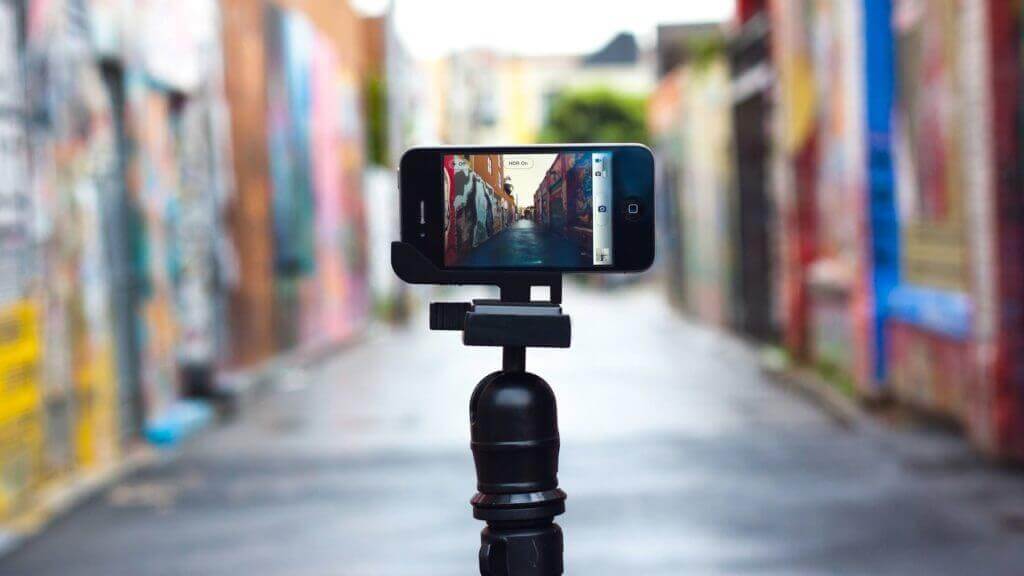
In the digital age, the allure of luxury hotels is not just about the opulence of their physical spaces but also how these spaces are presented online. High-quality visual content – imagery & video play a pivotal role in shaping the online experience for guests.
NB: This is an article from ARO Digital
Subscribe to our weekly newsletter and stay up to date
A video is a series of images shown 30 times a second & this blog delves into the significance of visual content in creating an attractive and immersive online presence for luxury hotels.
VISION TRUMPS ALL OTHER SENSES
We are incredible at remembering pictures. Three days after you read a piece of information you will remember 10% of it.
However, if you add a relevant picture with the text, you will remember approximately 65%.
- 90% of the information processed by the brain is visual.
- It takes 13 milliseconds for the human brain to process an image.
- The human brain processes images 60,000 times faster than text.
Visual content transcends the barrier of words, offering a universal language that communicates the elegance and exclusivity of luxury hotels.
It’s not merely about displaying the property but about telling a story that resonates with the viewer, evoking emotions and aspirations.
The power of visual content in marketing is undeniable, with studies showing that visuals are 40 times more likely to be shared on social media than other types of content.
This amplifies the hotel’s reach and appeal, making visual content an indispensable tool in the hospitality industry’s marketing arsenal.
THE POWER OF VIDEO CONTENT
While images capture moments, videos tell a story.
They bring the hotel to life, showcasing the experiences that await guests.
From sweeping aerial shots of the property to intimate tours of the rooms and facilities, video content provides a dynamic and engaging way to present the hotel.
Videos can also feature testimonials from satisfied guests or behind-the-scenes looks at the hotel’s services, adding authenticity and depth to the hotel’s online presence.
When we started creating videos for our clients, we sought to determine the exact impact a video had over an image in its place or if a play button would do better than the video on auto play, so we ran a number of A/B tests over a period of 3 months.
HERE ARE TWO EXAMPLES
Example 1
First, we tested a video against an image and after only 3 weeks, the video converted 15% better than an image in its place.
We were also interested in the effect auto play would have over a video with a play button the user had to press. The auto play test performed 27% better.
Example 2
Another video vs image test gave even more promising results with the rooms landing page converting 42% better with a video than with an image after only 16 days.
PROJECTED REVENUE
After a series of successful A/B tests for our luxury hotel clients, it was clear that video increased engagement to their rooms landing page by at least 10%
From there, using Google Analytics we could project how much extra revenue a client could make if they implemented videos onto their rooms landing page and how to display the rooms to achieve the best result.
OPTIMIZING VISUAL CONTENT FOR WEB PERFORMANCE
The impact of visual content extends beyond aesthetics; it also influences the hotel’s website performance and search engine ranking.
Optimizing images and videos for the web ensures that they load quickly and efficiently, enhancing the user experience and reducing bounce rates.
This involves choosing the right file formats, compressing images without losing quality, and ensuring that visual content is mobile-friendly.
Additionally, incorporating SEO practices, such as alt tags and structured data, can improve the visibility of the hotel’s visual content in search results, attracting more visitors to the website.
CONCLUSION
The impact of visual content on hotel websites cannot be overstated.
It is a critical element in showcasing the luxury and exclusivity of a hotel, engaging guests, and driving bookings.
By investing in high-quality videos and optimizing them for web performance, luxury hotels can create an attractive and immersive online experience that ultimately increases their bottom line.




